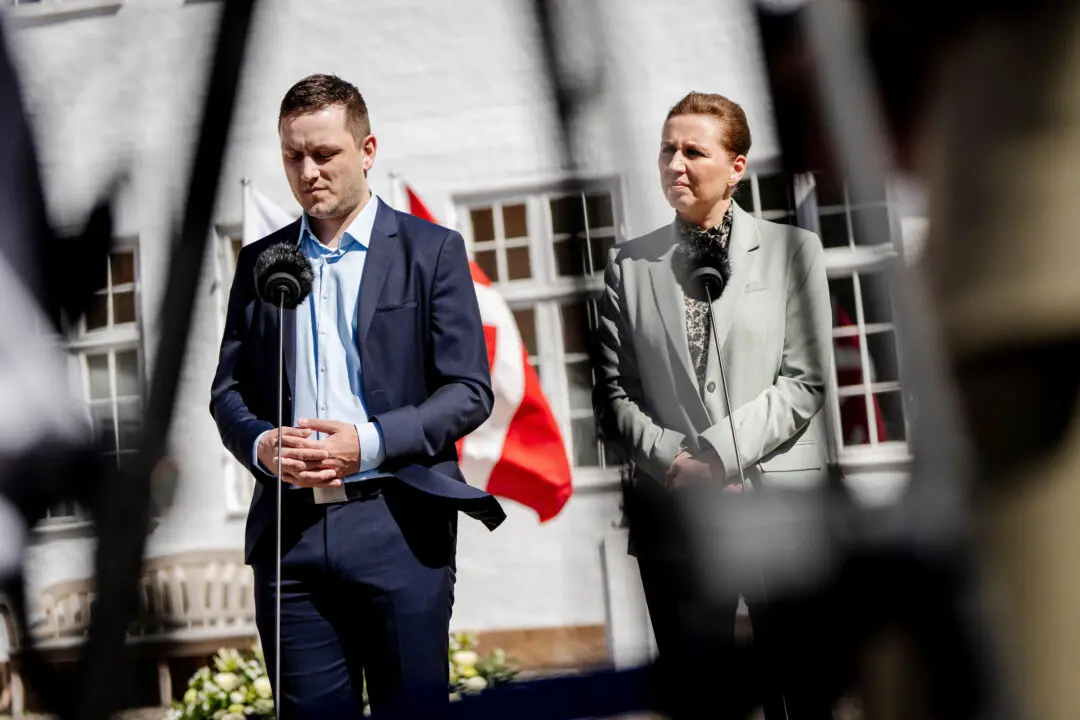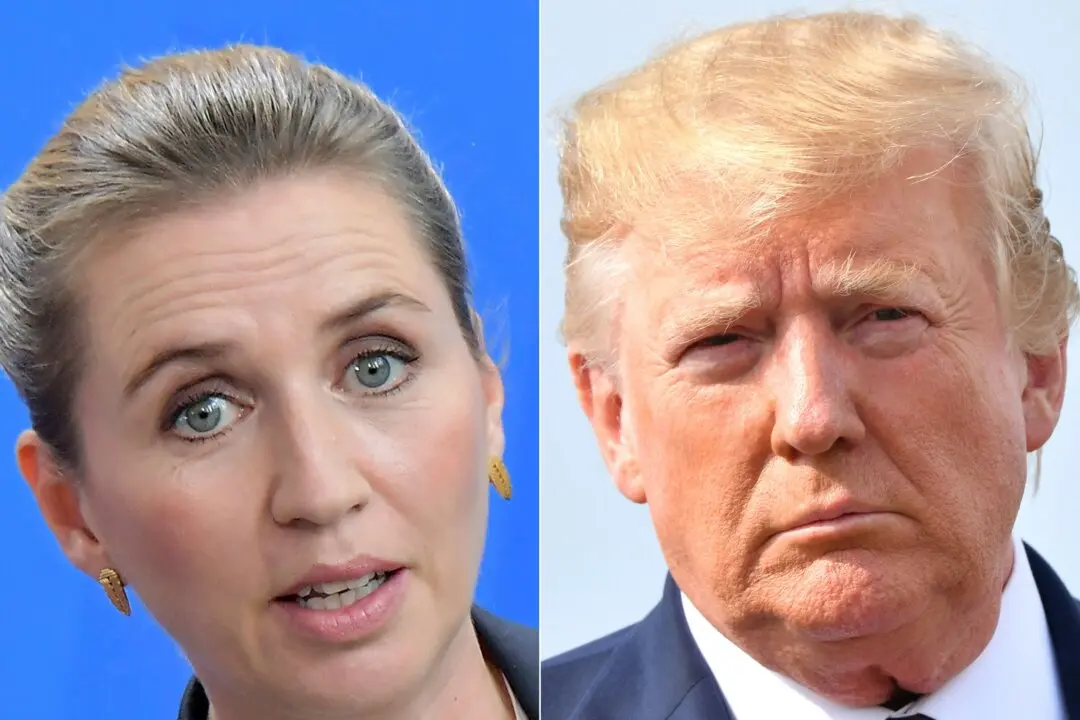A record number of investigations into cases of suspected child abuse has prompted councils to ask for emergency funding from the government in the forthcoming Budget.
The Local Government Association (LGA) is calling on Chancellor Rachel Reeves to intervene to safeguard services intended to protect children after a 77 percent increase in the number of investigations into cases of suspected child abuse since 2013.
This equates to 618 cases a day—66 more per day than in 2019—with the cost of investigating these cases increasing by 11 percent in the last year alone, according to the LGA.
Parental Mental Health
Suspected cases of child abuse include a large proportion of neglect and emotional abuse, and the latest government report suggests a key driver of the rise in investigations is a significant increase in parents having mental health problems or being in abusive relationships.The 2023 figures showed that there were 161,140 cases where the mental health of a parent or carer was considered to be a factor, and 160,140 cases where the adult was thought to be in a relationship of domestic abuse.
There were 71,580 cases where the parent or carer’s alcohol misuse was considered a factor, and 67,000 where adult drug misuse was a factor. Neglect was a factor in 82,260 cases.
Suspected cases of sexual abuse by an adult stood at 18,810 in 2023, with 13,100 suspected cases of child-on-child sexual abuse, and 15,020 cases where child sexual exploitation was considered to be a factor.
Other factors included exploitation by gangs, the learning or physical disability of a parent, a child being a carer or showing signs of self-harm, and the mental or physical health of the child.
The vast majority of cases had more than one factor where there were concerns for the child.
The cost of children’s social care has spiralled in recent years, along with the soaring costs of care for the elderly, adding to the challenges faced by councils.
‘Disturbingly High Figures’
Arooj Shah, chairwoman of the LGA’s Children and Young People Board, said: “It is deeply saddening when any child experiences suffering, and it is absolutely right that councils act where there are concerns.“However, these disturbingly high figures show the huge pressures councils are under to intervene and provide that vital care and support.
“As a society we must do what we can collectively to ensure every child is safe from harm.
“This is why we are calling on the chancellor in the Autumn Budget to provide an emergency cash injection for children’s social care to help councils continue to provide this lifeline of support for vulnerable children.”
The number of children with child protection plans in 2023 was 50,780, which equates to 42 per 10,000 under-18s.
The regional rate of section 47 investigations was highest in the northeast with 234 cases per 10,000 children, followed by the southeast with a rate of 187, and Yorkshire and the Humber with 180.
The lowest rates are found in the east of England (91), the southwest (150) and the East Midlands (149).
Abigail Gill, associate head of policy at the NSPCC, said: “More children are needing emergency support from children’s services whilst spending on early intervention to help families before they reach crisis point has been declining for years.
“Using the Budget to increase spending on children’s services would be a lifeline to a struggling system and the children and their families up and down the country who rely on it.
“Additional spending should be focused on early support and family help, but also needs to be backed up with a commitment from government for the widescale reform of the child protection system that is urgently required.”
A Department for Education spokesman said: “Any instance of child cruelty, abuse, or neglect is abhorrent.
“We know that councils need support, which is why we are committed to resetting relationships with partners including local government, and working together to give every child the best start in life.
“We are also taking action to tackle abuse by investing £45 million in new multi-agency child protection teams, as part of a pilot which brings together local authorities, police, health, and education to make sure that where children need protection, this happens quickly.”







